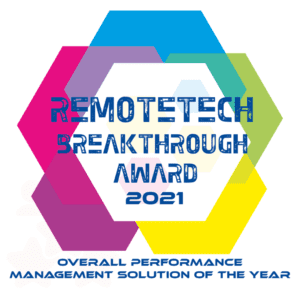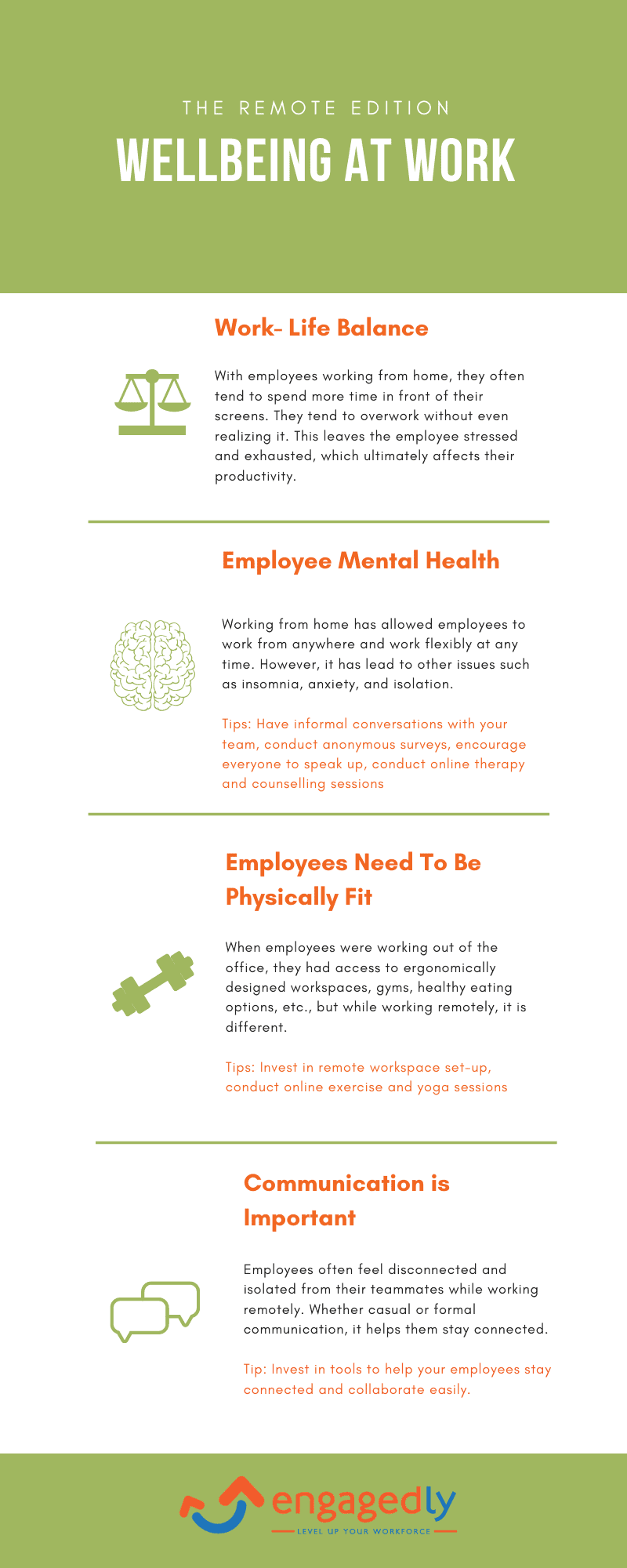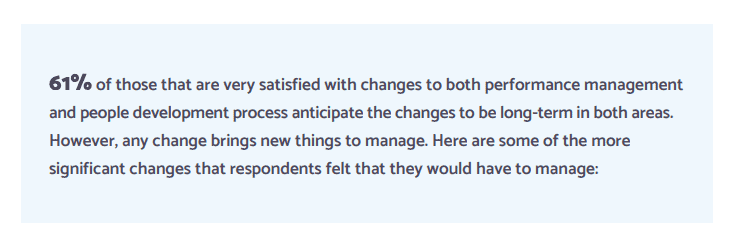Employee goals are more than just placeholders with numbers for the employee.
Goals are something that we can work towards, something that motivates us. And tangentially, it also benefits the organization.
In essence, workplace goals grant employees job satisfaction, provide them with a purpose and for an organization, they also grant results and success.
Therefore, it stands to reason that workplace goals are integral to an organization. As a manager, here’s a checklist for you to follow to set goals for your employees.
Employees Goals Should Focus On Personal Improvement
One of the main motives behind creating goals for your employees as a manager should be personal improvement. Employee goals which help them improve and gain new skills become a good goal by default. Personal improvement is a part and parcel of an employee’s development. Employees cannot remain static.
Also Read: 7 Video Conferencing Etiquettes To Follow
Collaborative And Attainable
One of the keys to setting good employee goals is that they should be slightly unreachable. However, managers should not go to the extreme and set completely unreachable goals. If your goals are causing your employees to pull countless all-nighters or are stressing them out, they are completely missing the point. You don’t want your goals to burn out employees. You should aim for motivation.
Employee goals should ensure that employees do not work as individual contributors but rather work with others to ensure the completion of goals. Goals that can be easily met by employees are not challenging them enough or even engaging them. On the other hand, a goal that forces an employee to step out of their comfort zone is a goal that is challenging. And even better if the goal in question forces employees to engage with other employees.
Measurable And Impactful
If we only counted goals in terms of numerical progress, then by that logic, it would be very easy to declare a goal as a failure or success. When it comes to setting employee goals, one thing you should keep in mind is measurability. It’s good if you can measure a goal in terms of numbers and even better if you can measure the impact of the goal. The impact of a goal is always a better indicator of success than the numerical status.
For example, an employee is given a goal where he needs to convince 50 other employees in the office to use a new software. In terms of numbers, if 50 employees have downloaded that software and used it even once, then the goal is a successful one. However, if those 50 employees stopped using the software after a period of time, then has the employee really succeeded at the goal?
Do The Goals Contribute To The Organization Goals?
All goals cannot be tied to team goals and the organization, that is true. However, when setting a goal for an employee, it is important to remember that as much as possible, a goal should contribute towards the overall team and organization goals. If employee goals are not directly contributing to the team’s or the organization’s success, it should at least account for their personal development. If the goal is not even helping the employee improve professionally, then the goal shouldn’t exist in the first place.
Also Read: What To Look For In A 360 Feedback Software?
Employee Goals Should Be Flexible
Ideally, you should be able to modify employee goals in the long run. Because, in the process of achieving a goal, the employee and manager might suddenly find that the objective of the goal needs to change. Or that they might need to add other objectives to the goal.
Employee’s Should Be Included In Setting Their Goals
Harvard Business Review, in their report found that 14% of people who set their goals are 10 times more successful than their counterparts.
Last but not the least, this is one of the most important factors to consider when creating a goal. Does your goal match with what the employee has in mind? If it does, great, you can go ahead and set that goal. If it does not, you’ve got to find a way to meet in the middle with the employee. A goal that is set for an employee without an employee’s input is one that is doomed. If employees are not invested in a goal or even motivated by it, then they will not be able to pursue it.
Consider Its Overall Impact
This is one other thing you need to take into consideration. How does the goal you set for your employee affect you? Does it tie into any personal goals you have? And if it does, how do you measure the goal? How much is the employee contributing towards the goal? These are a few of the questions you should ask when creating goals for employees.
Want to know how Engagedly can make your goal setting process simpler? Request for a demo!





















![Wellbeing At Work – The Remote Edition [Infographic]](https://engagedly.com/wp-content/uploads/2021/04/work-from-home-infographic.jpg)









